Founder Pippa's Story
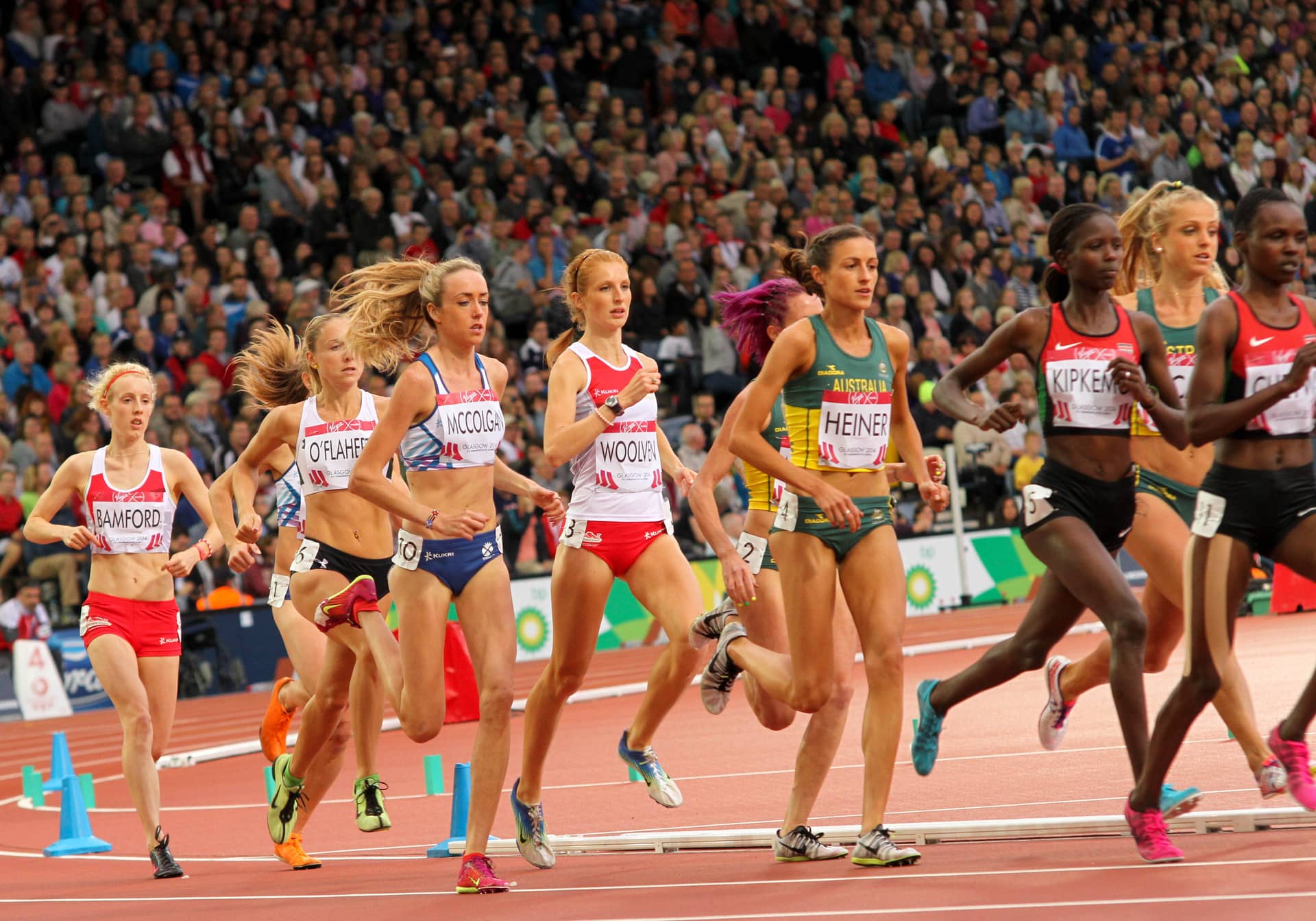
Born to Run?
Running has always been in my blood. By the time I was 15, both my parents and all three of my older siblings had international honours in their respective sports, so you could say I was born into a high-performance environment. Our family didn’t just attend school sports days; we dominated them. At home, mealtimes often felt like survival of the fittest, and securing the front car seat was an Olympic event of its own. Eventually, I earned my place on the family podium, competing for Great Britain at the World Junior Athletics Championships and securing a scholarship to one of the top NCAA D1 universities in the U.S.
From the outside, I was living the dream, with the scholarship, the sponsorships, and the incredible privilege of waking up every day to do what I loved. But beneath the surface, I was fighting a losing battle with an undiagnosed disorder that would slowly unravel everything I’d worked for.
I began sharing my story in 2021, not just as a cautionary tale, but as a message of hope for the countless others navigating the all-too-common struggles of REDs (Relative Energy Deficiency in Sport). I spent the best part of my twenties searching for answers to what was happening to my body (and mind for that matter), bouncing between doctors, specialists, and endless tests, only to eventually discover that it all came down to something relatively simple: an energy deficiency. And yet, despite how concerningly common REDs is, it remains widely under-recognised, poorly identified, and often misdiagnosed.
Today, my mission is to raise awareness of REDs so athletes and exercisers everywhere can recognise the signs early and seek help before their health is compromised. Recovery is absolutely achievable, and support is always within reach, if only you know where to look for it. So, here are all the details about what happened to me, how I lost my way, the lessons I learned, and the path I ultimately took toward recovery.
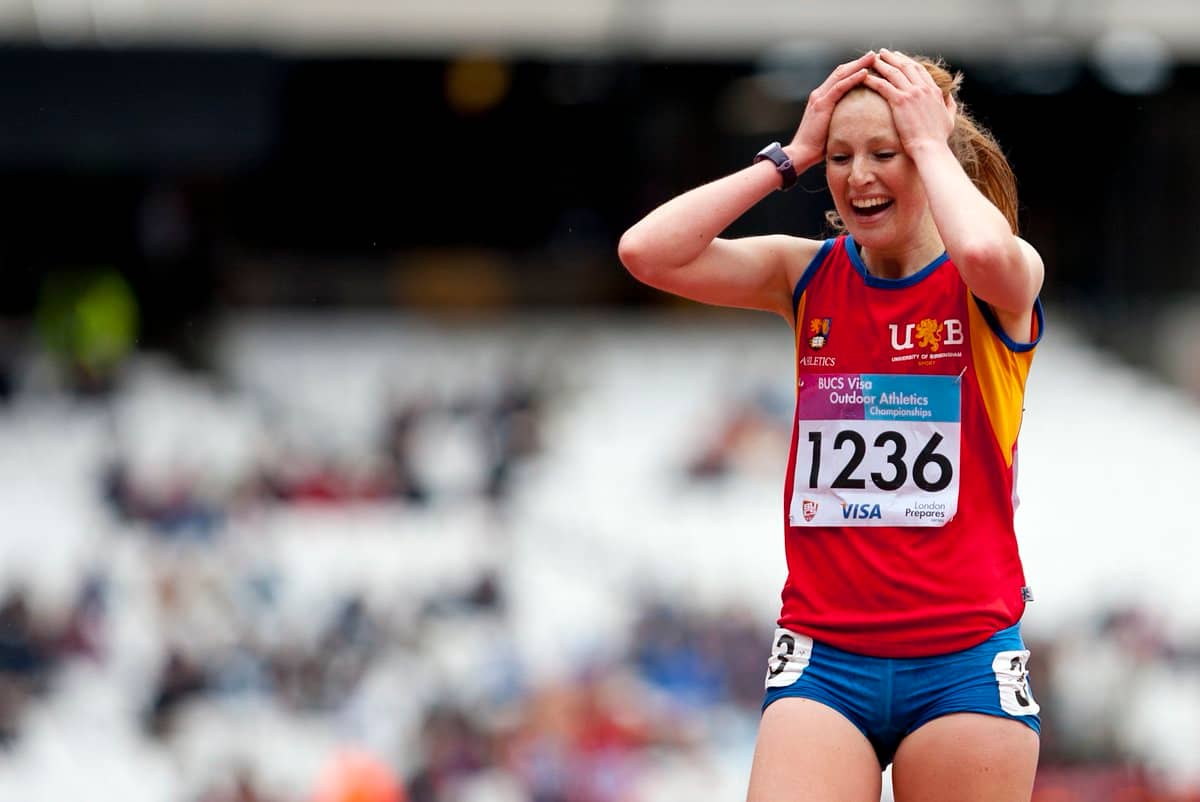
The Strength Advantage
Growing up, I always identified as one of the “bigger” runners. It wasn’t a concern, just an observation. After years of keeping up with my older, stronger, siblings, I embraced filling out my scrawny frame. So when race commentators called me “strong", I took it as a compliment. It was my strength that kept me injury-free and propelled me to podiums, scholarships, and international competitions.
But as I began climbing the ranks and competing at higher levels, something started to shift. Suddenly, being strong didn't seem like enough. I began to notice that the runners I admired, the ones dominating the long-distance races, looked a certain way: long, lean, almost weightless. And so, a seed was planted, and I began to wonder if I, too, needed to look like them in order to succeed.
Chasing the Athletic Aesthetic
When the opportunity arose to train in America on a scholarship, I seized it. This was my chance to go “all in” on running. To train harder, push further, and refine every detail, including my diet. But I wasn’t reckless. I knew about the dangers of becoming too thin, the girls who lost their periods, fractured their bones, or spiralled into chronic fatigue. I wasn’t them. Or so I thought. But I also believed there was room for improvement in my nutrition. And that’s where it started.
At first, I exceeded my own expectations. With a new training program and a stricter, “clean” approach to eating, I started seeing results. My times improved, and I received compliments on my leaner physique. Through studying the habits of successful athletes around me, I learned that I didn’t need dessert after dinner, and if I wasn’t tired, I didn’t need a rest day. I felt in control, empowered by my discipline, and one step closer to becoming one of the elite athletes I admired.
But behind the scenes, cracks were forming. My once-relaxed relationship with food became something much more obsessive, yet by then I’d convinced myself that this was the kind of discipline required in order to be the best I could be. And for a while, this mindset had worked. The sacrifices seemed worth it when I saw results on the track. But soon, the consequences of my actions began to catch up with me.
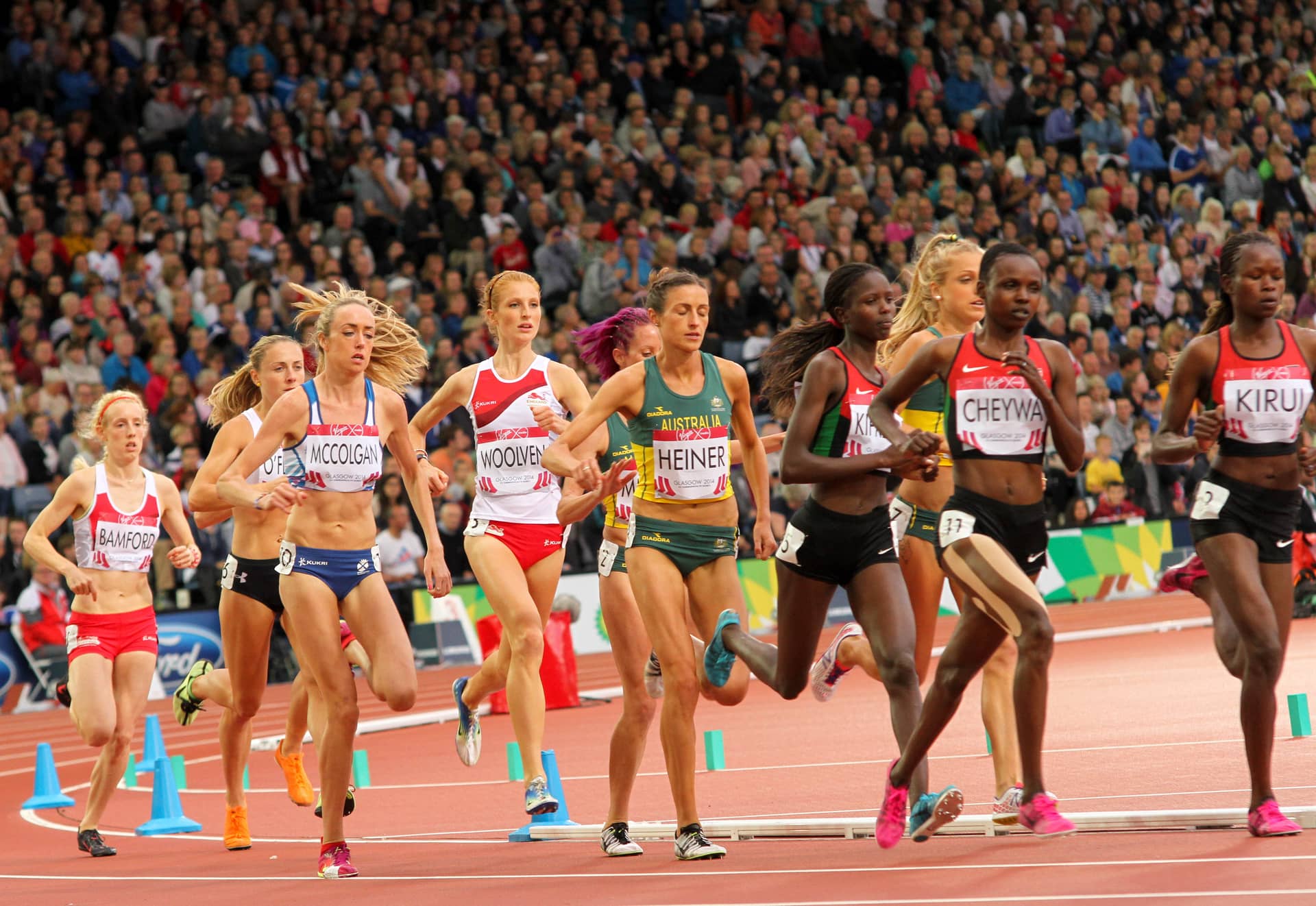
Small Cracks, Big Red Flags
The first warning signs were subtle and I brushed them off entirely. I didn’t mind feeling a bit homesick, becoming increasingly fixated on my weekly mileage goals, or feeling uncharacteristically irritable. As long as I was running well, I didn’t care.
I convinced myself that pro athletes thought about food all the time too. They didn’t indulge in unrefined carbs or 'treats' until the off-season, and that ‘clean eating’ was simply part of being the best. I was so determined to avoid the label of an ‘eating disorder’ that I refused to see my behaviour as anything other than commitment. Since I wasn’t skipping meals or making myself sick, I convinced myself I was doing everything right.
It wasn’t until I returned home for Christmas that I started to see how much had changed. Back with my family in the same relaxed environment I’d grown up in, I found myself rigid and anxious. The festive foods I’d always enjoyed suddenly seemed like obstacles. The joy of running with old friends had disappeared, replaced by solo sessions where I could stay in control. Even as my family praised my new "athletic body", I felt hollow. Something was wrong, but I wasn’t ready to admit it.
So instead, I doubled down, sticking to strict routines and believing any deviation would undo my progress. Skipping pudding became a badge of honour, and extra miles justified occasional treats without guilt. I was still getting faster, so I kept ignoring the nagging feeling at the back of my mind.
As long as I was succeeding on the surface, I could push aside the nagging feeling that something wasn’t right."
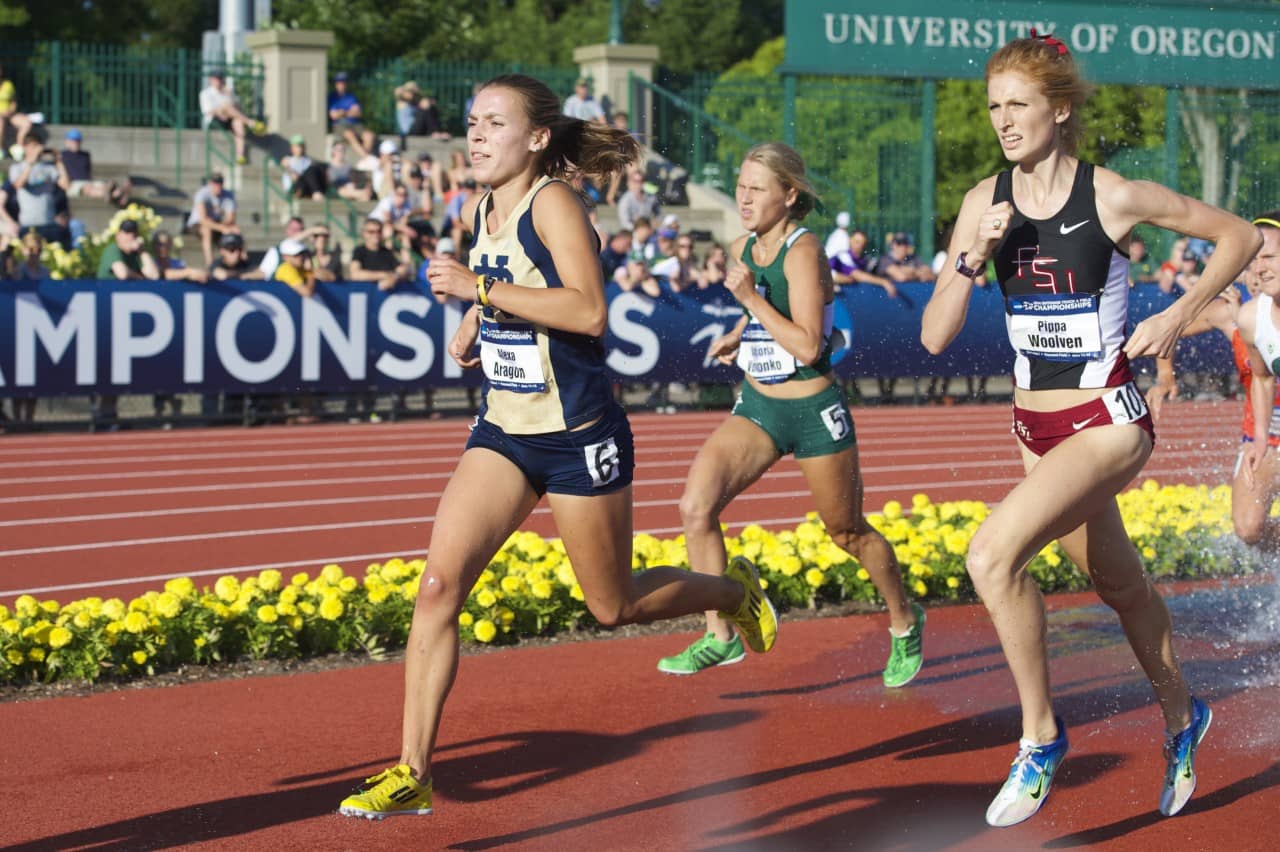
When the Body Fights Back
The turning point arrived when the physical consequences started to surface. At first, it was just fatigue, but more than the usual post-training tiredness, this was a bone-deep exhaustion that lingered even after rest days. But even when I started dropping out of sessions, I convinced myself it was just a temporary slump.
A routine blood test revealed my iron levels had taken another nosedive, a problem I’d faced before. But this time, no amount of iron tablets or infusions seemed to help. My energy didn’t return, the exhaustion persisted, and new issues piled up: constant colds that would turn into infections, niggling injuries, thinning hair, irritability, and a general feeling that something wasn’t right. Still, I pressed on. In the absence of any concrete answers, I was determined not to let a little fatigue or a dip in performance derail my plans. I had worked too hard to back off now.
The turning point came when my body reached breaking point during one hot summer track session in Florida. For the first time ever, my mind simply couldn't push my body through it. Strangely, amid the frustration and despair, I felt relief. I had no choice but to stop running. My body had finally forced me into the rest it so desperately needed.
Had I been diagnosed with REDs at this point, perhaps the next chapter would have unfolded differently. But no one, neither myself nor my coaches or members of my medical team, had ever heard of it. So I returned to the UK, still oblivious to what was truly happening to my body, and utterly exhausted.
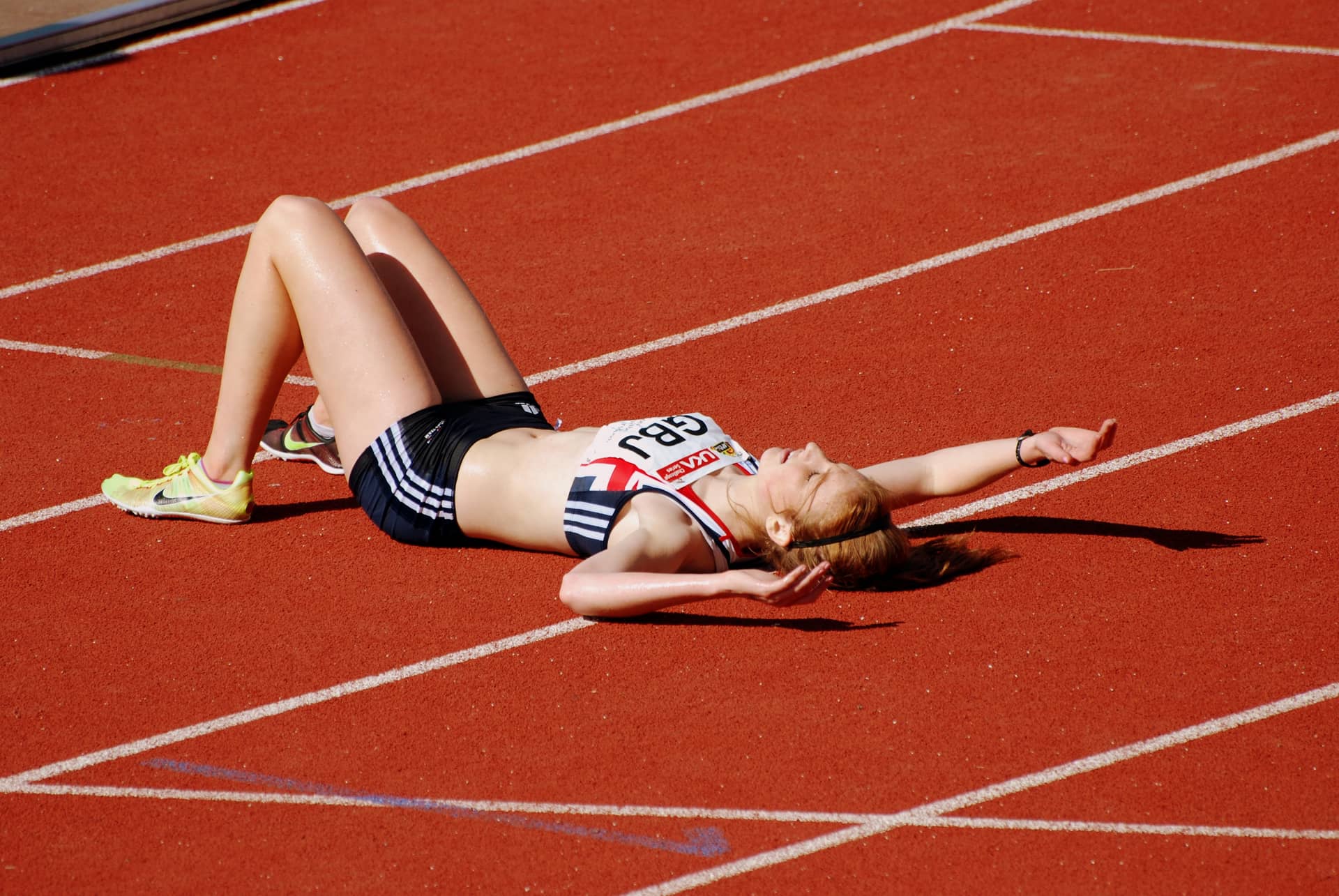
Searching for Answers in the Dark
Rest didn’t bring the relief I’d hoped for. It came with a heavy sense of uncertainty and a loss of identity. Running had defined me for so long; without it, I felt untethered. I’d always believed that hard work and perseverance would lead to success, but now it felt like my body had betrayed me, or maybe I had betrayed it.
Back home, I took enough rest to start healing. I regained lost weight and worked with a therapist to rebuild a healthier relationship with food. On the surface, I seemed on the right track, and mentally and physically I felt better.
But deep down, I still wasn’t well. Despite rest and weight gain, my period didn’t return, a glaring sign my body wasn’t recovered. My energy fluctuated unpredictably, my gut was a mess, and on days I could train, my performance was inconsistent. Yet every doctor and specialist I saw dismissed my missing periods and fatigue as “normal” for female athletes.
I felt stuck, confused, frustrated, and desperate for answers. How could I still be so far from healthy, despite doing everything I was supposed to do?
The Breakthrough: Discovering REDs
Eventually, I realised that if I was going to find answers, I’d have to look for them myself. Of course I had scoured the internet for answers many times before, but back then - over a decade ago now - REDs (Relative Energy Deficiency in Sport - originally know as RED-S), had only just been introduced by the International Olympic Committee. When I started reading the research, it was a lightbulb moment. At first, I struggled to believe something as simple as an energy deficit could explain my complex symptoms, but the more I read, the more the pieces fell into place.
REDs occurs when an individual doesn’t consume enough energy to fuel both their training and basic physiological functions. Over time, the body goes into 'preservation mode,’ disrupting hormones and affecting nearly every other bodily system. One of the clearest signs in female athletes is the loss of menstrual function, known as HA.
Suddenly, everything made sense: the fatigue, gut issues, and absent periods all pointed to chronic energy deficiency. Even though I’d started eating more and training less, I’d never fully addressed the root cause. Years of depletion meant my recovery had only scratched the surface.
It was a revelation, and a relief. Finally, I had a name for what I was experiencing, and more importantly, I had a way forward."
The Road to Recovery
Armed with this new understanding, I set about doing what I should have done years earlier: properly fueling my body, reducing my training load, and learning how to embrace a more holistic approach to health, and life. It wasn’t easy. Years of conditioning had made it difficult to fully let go of the habits and mindsets that had got me into this mess, and I spent a while in an agonising cycle of partial recovery and relapse, stuck between my desire to change and my ingrained habits of underfueling and overtraining.
But as I slowly began to nourish my body and prioritise my health, relationships, and a more sustainable way of training, something remarkable happened: I started to feel alive again. My energy returned, my mood lifted, and eventually, after months - in fact years - of recovery, my period came back. It was a small but significant victory, the first sign that my body was beginning to trust me again.
In time, I returned to training, not with the goal of chasing an ideal body type or punishing myself for every sub-par performance, but with the aim of finding joy in movement and allowing my body to perform at its best. I learned that true strength isn’t about how 'healthily' you can eat or how many miles you can run, but about how well you can listen to your body and give it what it needs to thrive.
A New Approach to Running
As I eased back into training, everything felt different. I approached running with a sense of curiosity and respect for my body, knowing that my performance was now about balance, not sacrifice. This shift wasn’t easy. I had to retrain my brain to focus on how I felt, not just what the clock said, but gradually, the numbers improved too.
I stopped seeing food as something to restrict and embraced it as essential fuel. The carbs and fats I once feared became key to my recovery and performance. My workouts became about building sustainable strength, and rest days turned into a sign of wisdom, not weakness.
And then, something remarkable happened: I started running faster than I had in years. My body, now properly fueled and rested, responded by giving me back the power and speed I had lost during my years of depletion. I found peace in running again, not just because of the results, but because I finally felt whole.
It certainly wasn’t all smooth sailing. There were still tough days and moments of old thought patterns, but now I had tools to catch myself and a supportive community that valued my health over numbers. With their help, I found my way back to the sport I loved, on my own terms.
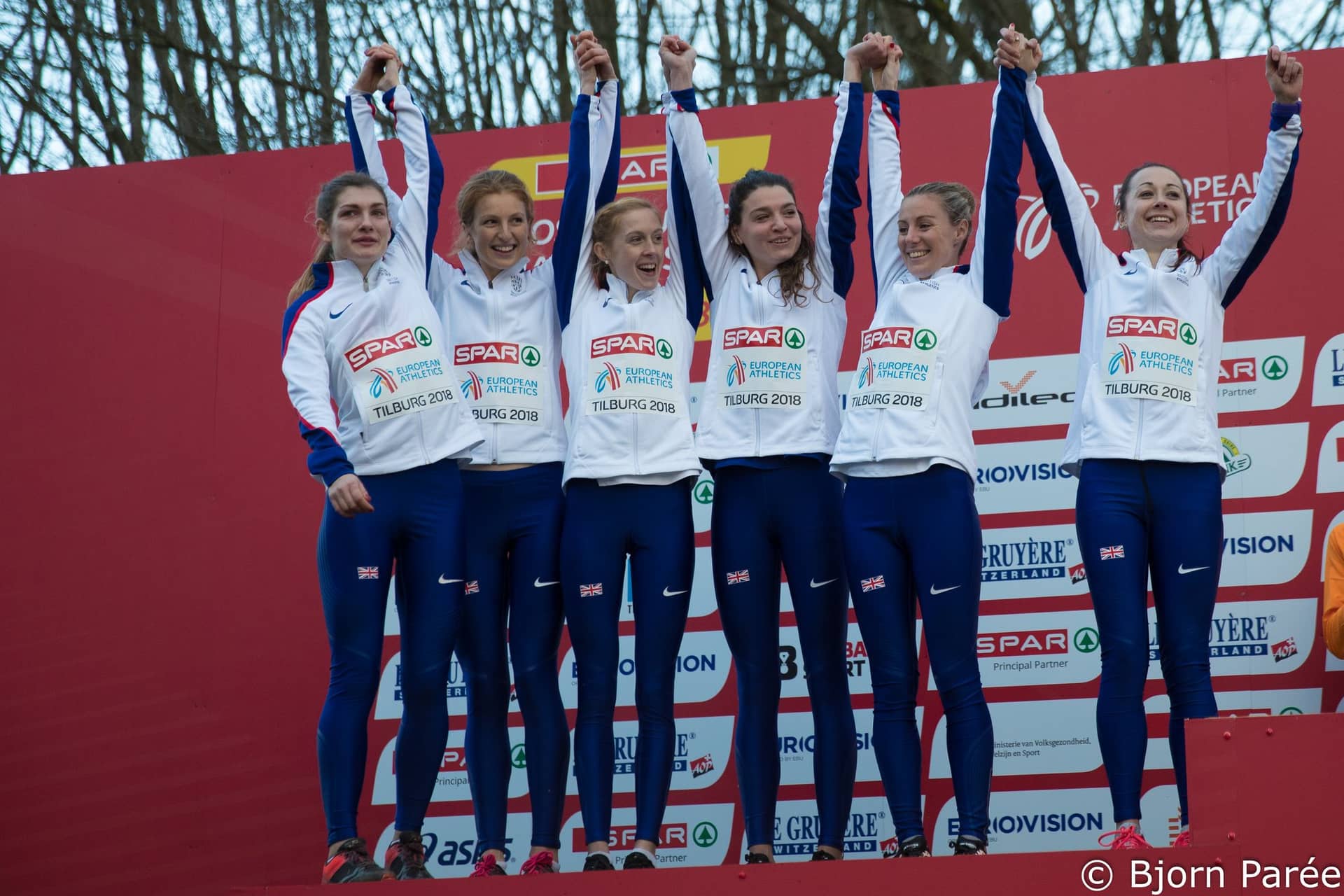
Redefining Success
Perhaps the most unexpected part of my experience was the way it reshaped my view of success in life, beyond sport. For so long, I had equated success with achievement. Winning races, hitting targets, taking the physical form of what I thought an elite athlete should be. But through the ups and downs of recovery, I came to see that there is no glory to be found in pushing your body to unhealthy extremes, and how success isn’t always about speed; it’s about finding balance, health, and happiness along the way.
Success, for me, became about the relationships I’d rebuilt, both with my body and with the people around me. It was about learning to listen to what I needed, mentally and physically, and trusting that taking care of myself wouldn’t diminish my potential but enhance it. My victories in running, and in life, began to feel more meaningful because they were built on a foundation of respect, not punishment.
In rediscovering my passion for the sport, I also found a new purpose: helping others avoid the pitfalls that had nearly cost me my health and happiness in the long-term. Through Project RED-S, I’m committed to raising awareness of this under-recognised condition and promoting a healthier, more sustainable approach to sport.
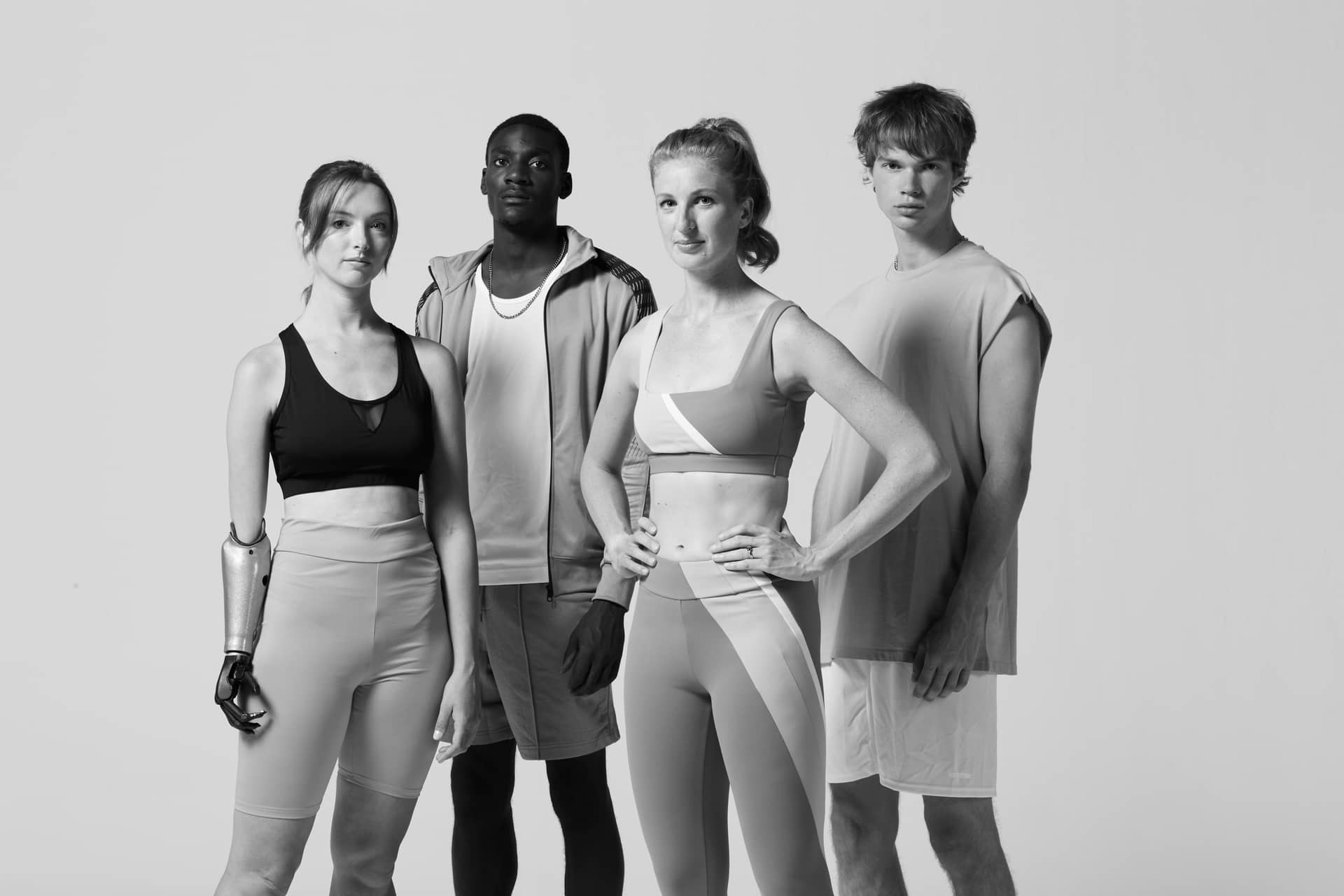
Final Thoughts
If you've read this far, something in my story probably resonates with you. Whether you're someone struggling with similar issues, a coach looking for advice on how to support your athletes, or someone just trying to find balance in a world that often validates extremes, I truly believe there is a way forward that doesn’t involve sacrificing your well-being.
I hope that by reading this, you might feel empowered to take the first steps towards recovery, whether it’s seeking help, taking a break, or simply listening to your body’s signals. The road may be long, but please trust me when I say that it's worth every step.
